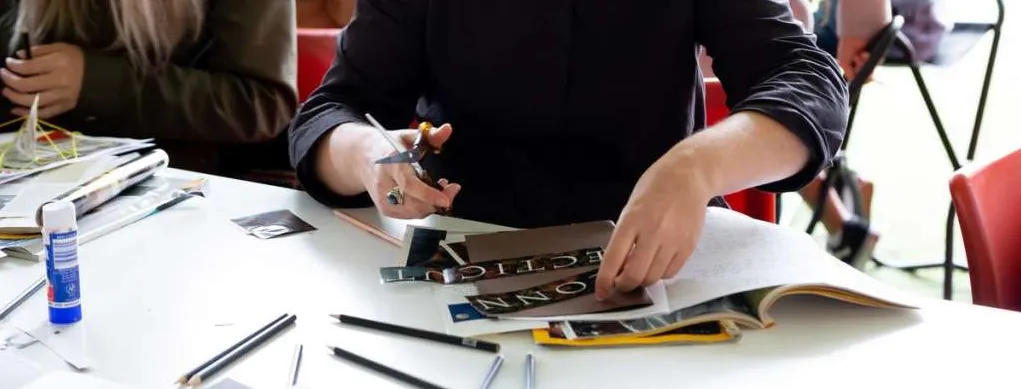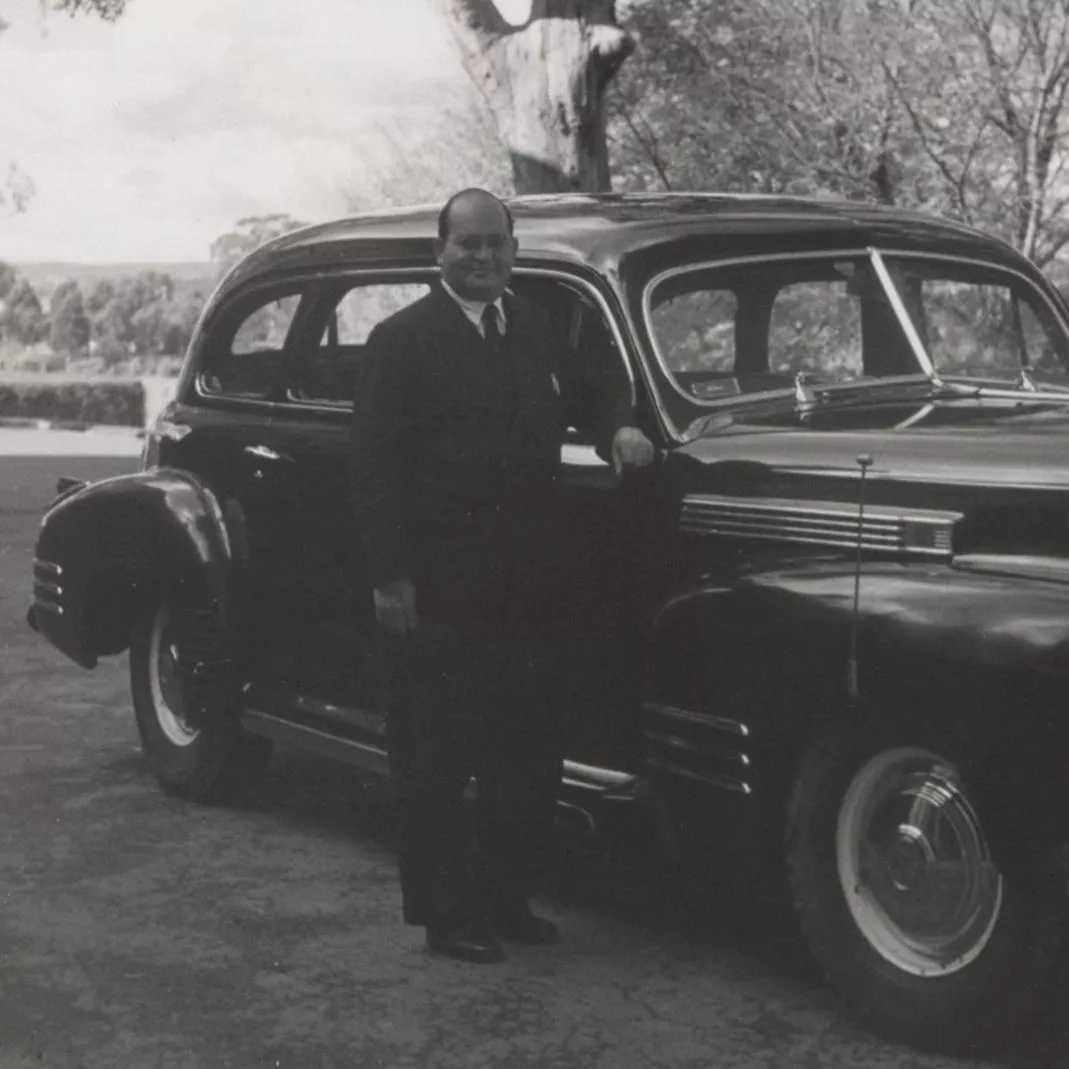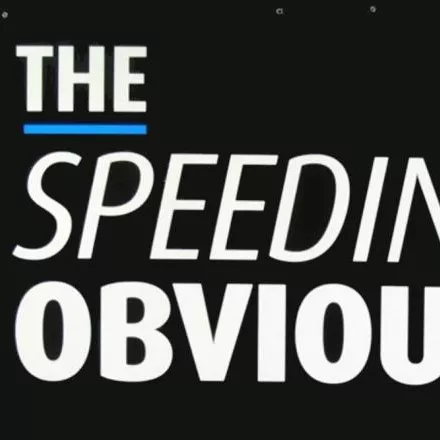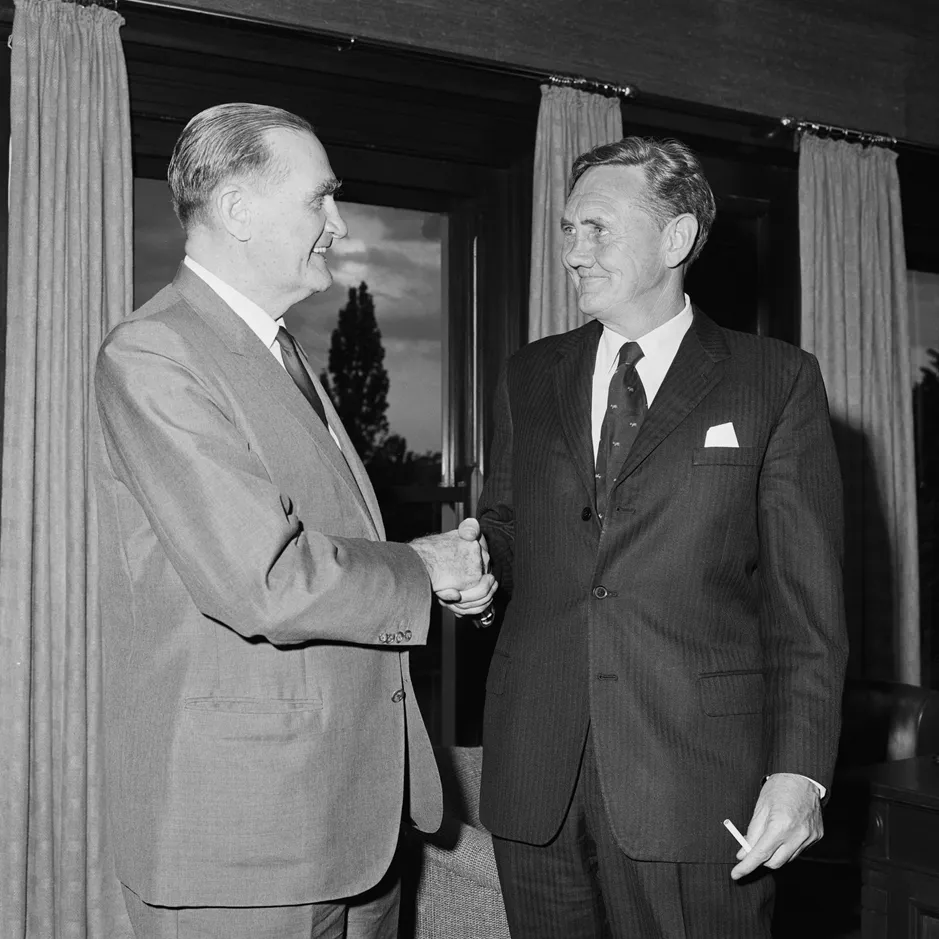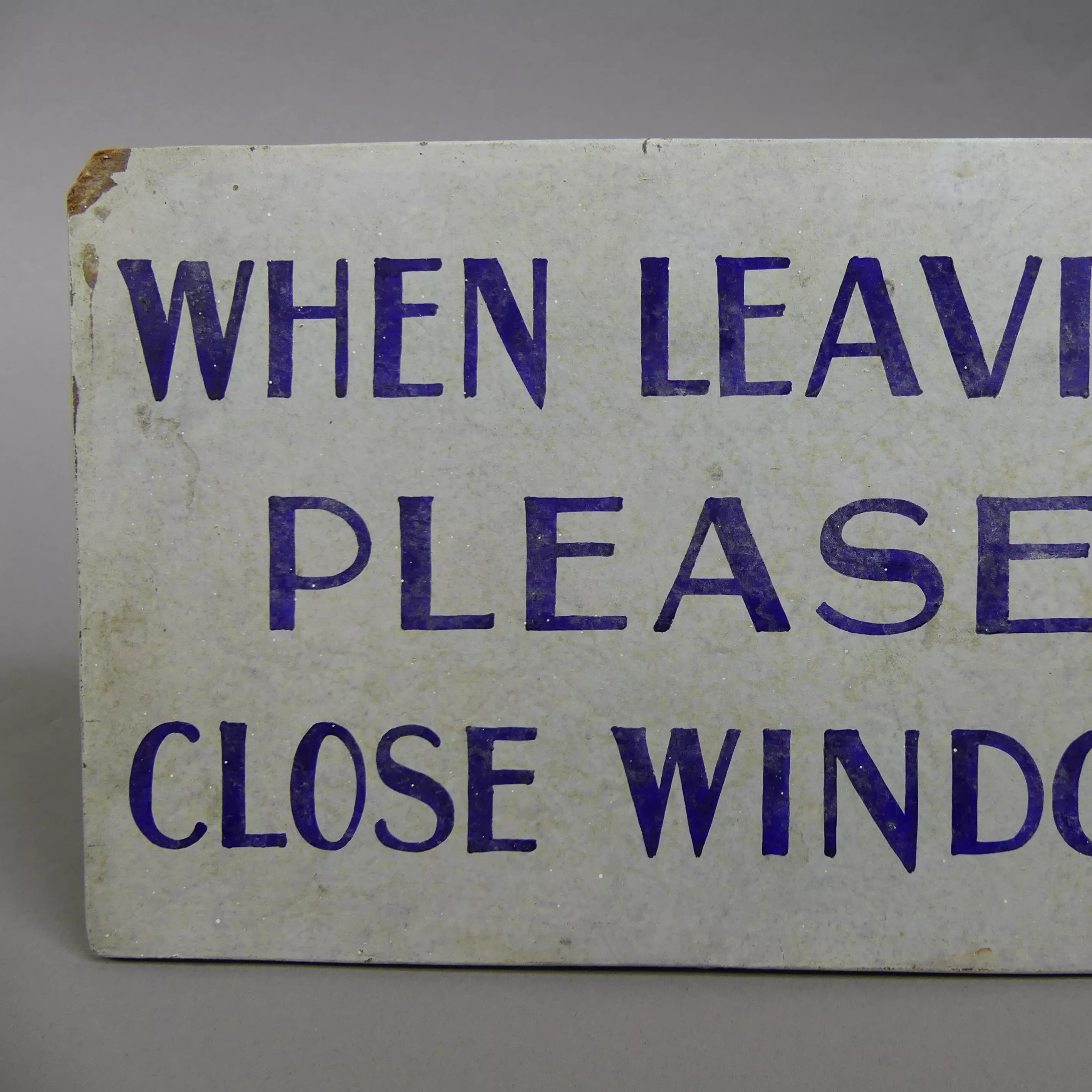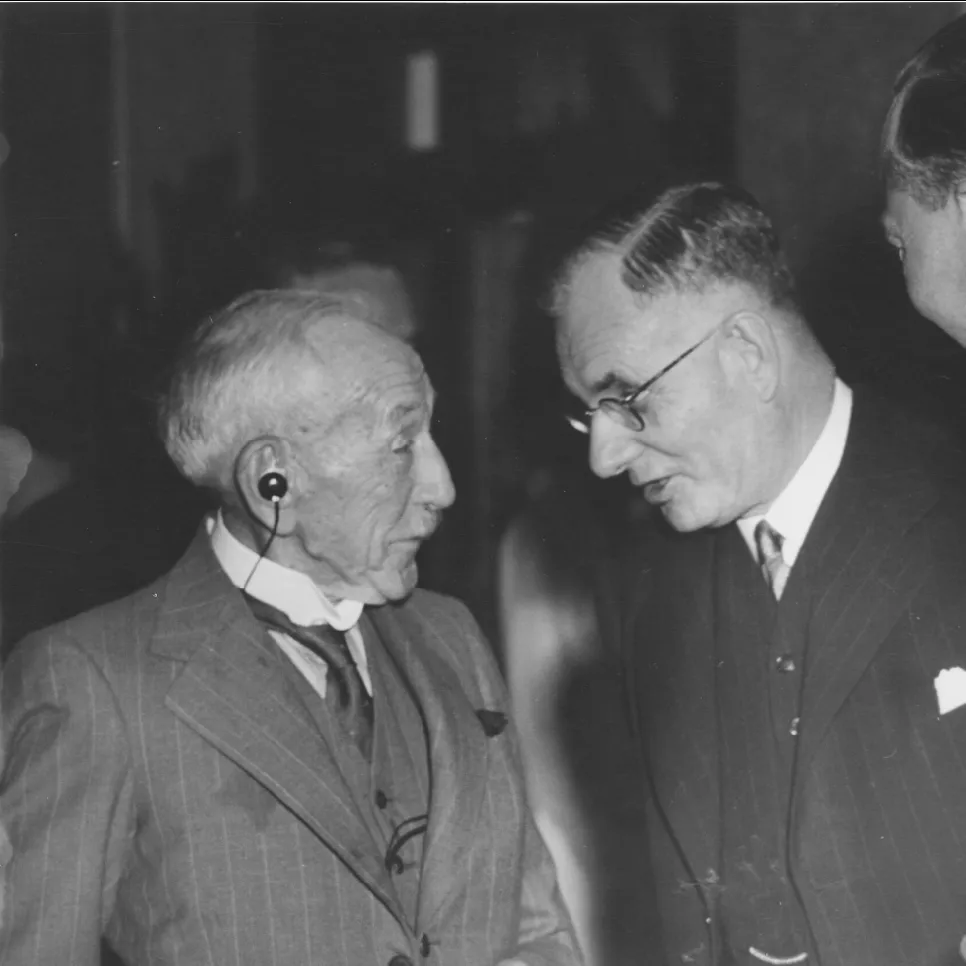Zines: an independent platform for self-expression
- DateFri, 09 Apr 2021
Zines are self-published, small-circulation magazines that allow people to independently share thoughts and ideas.
By putting the maker in control of creating and curating content, zines provide a safe and independent platform for underrepresented and marginalised communities to be heard.
Zines can be traced back to fanzines of the 1930s – DIY publications focusing on science fiction. In the 1970s, zines took on a grungier aesthetic when embraced by the punk music scene, continuing to reflect and shape counterculture throughout the 1980s and '90s with a combination of art, politics and activism. The cut-and-paste tangibility of zines adds to their originality and appeal – some have pockets, are bound with string or resemble origami.
We spoke with Bastian Fox Phelan, a Newcastle-based writer, musician and zine maker whose work explores issues of gender, sexuality and identity.
When and why did you first start making zines?
I discovered zines by chance one weekend in Wollongong, the regional city where I grew up. I used to go to the Youth Centre in town on the weekends, to hang out and play acoustic guitar with other indie, goth and punk kids, and one weekend when I arrived, I found that the Youthie had been overtaken by anarchist punks who were a few years older than us. It was the first Belladonna DIY Punk festival – there were bands, workshops, talks, and a zine fair. I’d never seen a zine before and was very impressed that people could just photocopy bits of paper and put out their own writing.
I was very interested in writing and music, but a bit intimidated by the punks. Thankfully someone gave me a copy of his zine out of his backpack, for free, so I took it home and studied how it was made. Then next year when the festival was coming up, I booked a table at the Zine Fair, made a zine, and sold it. It was a fanzine about cats called The Cat’s Pyjamas. Not very punk, content-wise, but I think I nailed it with the approach to making and distributing zines. I’ve always appreciated the accessibility and lack of gatekeeping in zine culture – it’s very easy for someone who is totally new to zines to get involved.
After this, I continued making zines, travelling to different zine fairs around Australia, and started organising zine fairs and other zine events with friends in Newcastle, Sydney, and Wollongong. I think growing up in a regional city had a big impact on me and my willingness to get in there and make my own fun. I made zines because it was a creative way to share my ideas, and because you got to make all the decisions about its content, style, production, and distribution, but also because it connected me to a group of likeminded people. I started organising zine fairs because I wanted to bring more people together and because I loved seeing what people made.
What are some of the issues your zines explore?
For the first few years of my zine making I made cute, funny fanzines using whatever books and materials I had on hand. I liked the collage aesthetic and the zinester’s irreverent attitude towards published material. Everything was fodder for a new zine. In 2008 I started to write more personal zines, as these were the zines I enjoyed reading. I wrote about going on adventures in Adventure Time, about travelling and heartbreak in Berlin By Bike, and about my PCOS diagnosis, medicalisation of difference, and poststructuralist philosophy and embodiment in In Sickness.
In 2010 I published a small zine that greatly influenced my trajectory as a writer and zine maker. I had decided to grow out my facial hair for the first time, and I wrote about this decision and my experiences questioning gender and sexuality in my zine Ladybeard. At this time, I couldn’t find anything else that represented my personal experiences, and this zine resonated with a lot of people, who emailed me or approached me after reading me zine.
Several years later I started working on a memoir exploring similar issues to Ladybeard, and the work that developed from this will be my debut memoir, forthcoming from Giramondo.
Since Ladybeard, I’ve published multiple issues of a series called How to Be Alone, which charts my ongoing exploration of identity, creative practice, solo adventures, philosophy, and spirituality.
- Bastian Fox Phelan
I am always trying to understand, on a deep level, who I am and how I contribute to the world. I find a great deal of satisfaction in learning about the world around me, in paying attention, noticing, connecting, understanding how or why I relate on a personal level, and turning these experiences into stories to share with others.
Can you describe the process of bringing a zine together?
Usually, I start with content. What is the thing I’ve been really interested in lately? What’s my take on this issue? What do I want to say? What is beautiful and worthy of celebrating in a zine?
- Bastian Fox Phelan
Next, I think of a title. It’s got to have a good title. It can be simple, catchy, weird, or word play (I once made a zine about my history as a recorder player called For the Recorder), but it has to be something that you’ll feel happy to put on the cover, and I think it’s probably a good idea if it tells your reader what to expect. I’d say that many people browsing zine fairs or websites would choose a zine based on title and cover art alone, especially if they are too shy to thumb through the pages. For me, cover art follows the title, although occasionally I’ll find a picture before I have a title. I usually appropriate images from old books for my covers or make a collage.
I sometimes write zines by hand and then type it up on a manual or electronic typewriter. Otherwise, if I write on a computer, I’ll print it out. I like to do the layout for zines by hand – I enjoy that it’s messy and the margins are a little different from page to page, and it allows you to do some collaging in the process, with images or patterns under the boxes of text. Of course, you can do all this digitally and many people these days would feel more comfortable doing layout with publishing software. Pagination and printing can be the most confusing part of making a zine – I recommend looking up one of the many amazing videos online by zine makers that can show you how it’s done.
What is your advice for those wanting to create their own zine?
If you want to make a zine, make a zine! You can make it for yourself or your friends, you can sell it or give it away online or at a zine fair or leave copies on the street anonymously. It’s all up to you and what you want to do. Perfectionism is the enemy of zine making. Or maybe zine making is the enemy of perfectionism. Either way, the most important thing to remember is that zines don’t have to be perfect and in fact, mistakes are what make zines beautiful. I love to see the human in zines.
There is a freedom you can find in making zines that I don’t think you can find elsewhere, even online, because there is no advertising in zine world, you can’t make money from zines, and you can’t go viral with a zine. If you did, I don’t think this would be a zine anymore. Zines can be defined by their limitations, in some ways, but it’s within these limitations that you find a lot of diversity, because there isn’t an expectation that you will make a zine in a certain way – they’re all so different.
Zines allow you to explore an idea for the fun of it, without needing input or approval from others (unless you’re collaborating, which is a whole other fun way to make zines). Zines let you say whatever you want or need to say. To me this is the seed of all creativity.
- Bastian Fox Phelan


